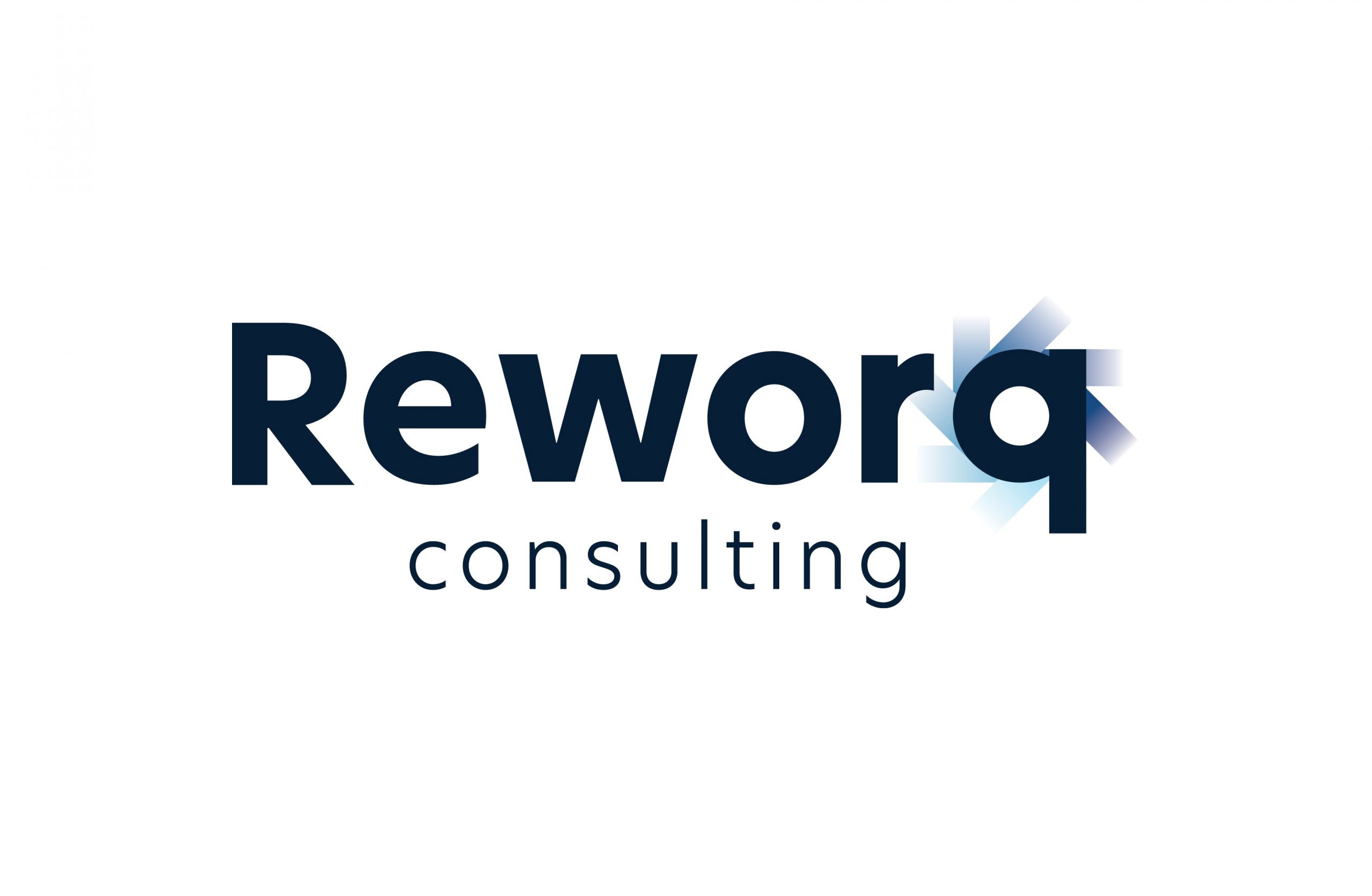Businesses must keep pace with changing economies of scale, market conditions, and continuously going through multiple organisational changes to innovate and outperform their competitors. The end goal is to align improving productivity and driving revenue targets, but with the corresponding increase of the volumes and complexities of change – only one (1) in three (3) Change Management initiatives are successful.
But why are these change initiatives failing? Well, because organisations fail to recognise and often neglect the people aspect of Change Management.
Since the human constant is an intrinsic part of change, it is extremely important to humanise change. An organisation’s failure to embed changes are linked to underestimating the cultural dynamics within their strategy considerations, and the ethics of their employee’s resistance to change. With learning how to anticipate and implement Change Management effectively, organisations and their Executives must explore alternatives to overcome their employees’ natural aversion to change.
By simply addressing Change Management with a “top-to-bottom” approach, your Executive Team inhibits a natural behaviour and failure to understand the semantics of imposing change. Therefore, stakeholders and employees easily identify this recognition, and they choose to ‘reject’ the imposed change. Because the first step in managing change effectively is to understand what change is, where it comes from, effectively communicate next steps, and then make the ultimate decision to change.
12 Common Challenges to Change Management

All change is different but also requires a unique approach.
Change is not perceived as a ‘positive’ influence and employees may be resistant to changes within their organisation. Therefore, simply by getting your employees “buy-in” and embedding new behaviours in the workplace is all about navigating towards successful business transformation.
The most common challenges that Change Management practitioners will encounter are the following twelve (12) steps:
1. Defining clear goals and milestones
Change is implemented with a strategy and an end-goal to improve current processes, products, services, resources, or organisational culture. However, it is critically important to identify clear (and concise) goals and milestones.
If your Executive Team and Project Team leadership cannot agree on the common goals, it becomes increasingly difficult to design (and execute) a communication strategy for stakeholder engagement. It is vitally important to consolidate organisational alignment before developing your change messaging with a Communication Plan and because cohesive communication builds trust.
2. Poor leadership and lack of alignment to change
Leadership has a massive impact on your employee’s engagement. If your Executive Team and key stakeholders are not convinced about the benefits of the change, it will be difficult to implement throughout the organisation.
Poor leadership and lack of alignment amongst the leadership group are an example of the main reasons for organisational change failures. But great leaders know how to lead from the front to inspire their workforce, engage a strategic vision, and embrace change.
3. Identifying the resources required for change success
Managing change is not an easy task. Before starting the Change Management Process, identifying key resources and individuals that will lead the change and facilitate the various processes is crucial for your implementation success.
Change Management must be resourced according to the project scope, size, and timeframe for change to be accepted and adopted. Dependent on your organisational structure, roles, and resources skillset, this may mean sourcing change expertise from External Consultants or Change Management practitioners. They will help deliver the change project but also to support your employees (at the right time) and dedicate them to roles, via effective communication.
4. Lack of agility, uptake, and slow approval process
Organisations that are not AGILE with their approach will struggle to implement changes. Slow approval processes can cause delays (costs, budget, and time) in Change Implementation.
One of the key factors in any change project is establishing a process for requesting, reviewing, approving, and managing changes. From the point the request for a change has been submitted, to that change being approved, there must be a formal process that the Change Request passes through, and this should be communicated to resources, stakeholders, vendors, and/or clients. Therefore, it is vitally important to establish the key criteria and the individuals involved when making this decision.
Every change that goes through this process will impact the project schedule, documentation, and budget. By implementing an effective Change Management Process this not only helps to prevent Project Scope Creep, but also enables the project to stay on track and ensures all changes must be managed in the same way (consistent and repeatable).
5. Planning the change and next steps
Every Change Management Process should have a Change Plan. The Change Plan should consist of timelines and identify milestones. Without planning, it may be hard to understand the overall success of the change process.
With incorrect planning, this fact alone may contribute to your project failure. It is a long-sustained process and without ’quick wins’ that everyone can visualise, feel excited and encouraged with the change progress, then employee morale suffers – low morale increases the chance of new systems, processes, and ways of working reverting back to the previous methods before the change.
To avoid this situation, proper Change Management planning must take place, completed, but also agreed (consensus by all) before executing the change. Successful planning involves delegation to maximise the potential of staff, to increase their efficiency, and uptake of change initiatives.
6. Adopting innovative technology to streamline process
Technology has become a principal factor for many businesses to innovate and thrive, but the integration process does have its associated challenges. A major challenge is integrating ‘new’ technology (BI or SaaS) with your current ERP and/or IT platforms, but to ensure that does not cause huge logistical issues, costs, and wasted downtime.
Another challenge is with adequate training (and timeframe) for your staff and how quickly they can learn how to use the innovative technology. With implementing any new system in the workplace, your employees are the “end user” and if there is no belief that this ‘new’ technology will make their roles easier, they will question – WHY change has been forced upon them? – and then just begin to disengage from any involvement.
An effective way of conquering this barrier is by communicating the specific ways and investment in technology to assist with streamlining work processes, and by driving employee adoption with increased training to help gain momentum and adoption (from confidence).
7. Fear and conflict resolution
Changes within organisations can develop emotions of uncertainty and fear. Conflict is a common unintended consequence and will disrupt your schedule, so the Leadership Group (Executive Team, or Managers) must intervene and mitigate issues with your employees.
Stakeholders and Managers need to be active, alert, and should always be ready for a “deep dive” into the problem. They must proactively tackle the root cause of the issue, and find a solution that incorporates staff input, whilst simultaneously working in accordance with their organisational Change Management Process.
8. Different evaluation of change meaning and low tolerance
This is a common situation and a normal reaction to change. People fear change because they worry that they cannot develop the required skills and abilities needed with the new change. This is particularly true of Change Management projects that require “rapid change” – large projects, fast implementation, and time critical, the harder it is for your employees to come to terms with.
Decision making starts at the top of an organisation, but attitude to change needs be consistent throughout. This arises when employees assess the impacts of the impending change transformation but differently to their Manager’s or Change Management practitioners.
Initiating a Change Plan is great but of no importance if your employees are not fully committed to your change initiative. Therefore, the encouragement of an organisation’s cross-functional embrace of new philosophies must be communicated and to break down the barriers set up during the change process.
9. Resistance to change and lack of commitment to change
People fear change! Some employees resist change and will not want to collaborate or commit to new practices. Your Executive Team and Managers must be able to address resistance (psychological level) and then proactively remove behavioural barriers that restrict their ability to navigate change.
The biggest Change Management challenge is convincing your employees of the prevailing benefits of the change and to accept the change. The Executive Team must communicate the Change Management Process with their employees effectively and make them aware of the benefits (think purpose) of your new change.
Finally, failed change attempts will affect any new or future change initiatives!
10. Poor communication of change in the workplace
Communication is crucial for successful Change Management, and the cost of poor communication can be significant to the success or failure of your change project. Constant communication during the change project is a critical component of every organisation that has experienced successful Change Management transitions.
The Executive Team, Managers, and Project Team members must be in constant communication concerning the goals, issues, and progress of the project. At the same instance, stakeholders and individual employees must communicate about their requirements, expectations and support, and those messages must be escalated to Senior Management.
Finally, employees need to know what is going on because uncertainty will disrupt your entire workforce. The Change Management Team must communicate with all stakeholders and employees to ensure they understand what is changing in their individual roles, responsibilities, and how these recent changes will benefit them.
11. Aligning all teams with the new change strategy
Having mutual consensus of your change objective so that everyone is on board (and informed) before and during the implementation process will be challenging. This may be especially true for global organisations, with various regional offices and departments. Therefore, an effective Communication Plan aligned to the Communication Strategy for both global and interdepartmental offices must become a priority.
12. Transparent updates on the new policies and procedures
Changes must be documented, and those internal documents should be easily accessible and shared with your stakeholders and employees. By keeps all changes well-documented, readily accessible, being transparent, and regularly updated, employees will be more engaged on your Change Management strategy.
Summary
Change affects everyone! Resistance from within your team will be expected, but your ability to collectively overcome will demonstrate an organisation’s character and cultural shift in mindset. There will inevitably be obstacles along the change journey, but communication is a key factor with alleviating employees’ fears, whilst encouraging your reluctant team members to embrace change (with confidence) and the benefits of change.
Change is a crucial component of growth and evolution. Organisations that can anticipate change, minimise resistance, and evolve organically to disrupted change are far more likely to be successful. Those organisations that suffer from poor Change Management practices suffer the consequences both financially and operationally, but in hindsight, lose their most valuable commodity – your team members and employees!
Need some guidance on your next steps? Let’s start a conversation…



